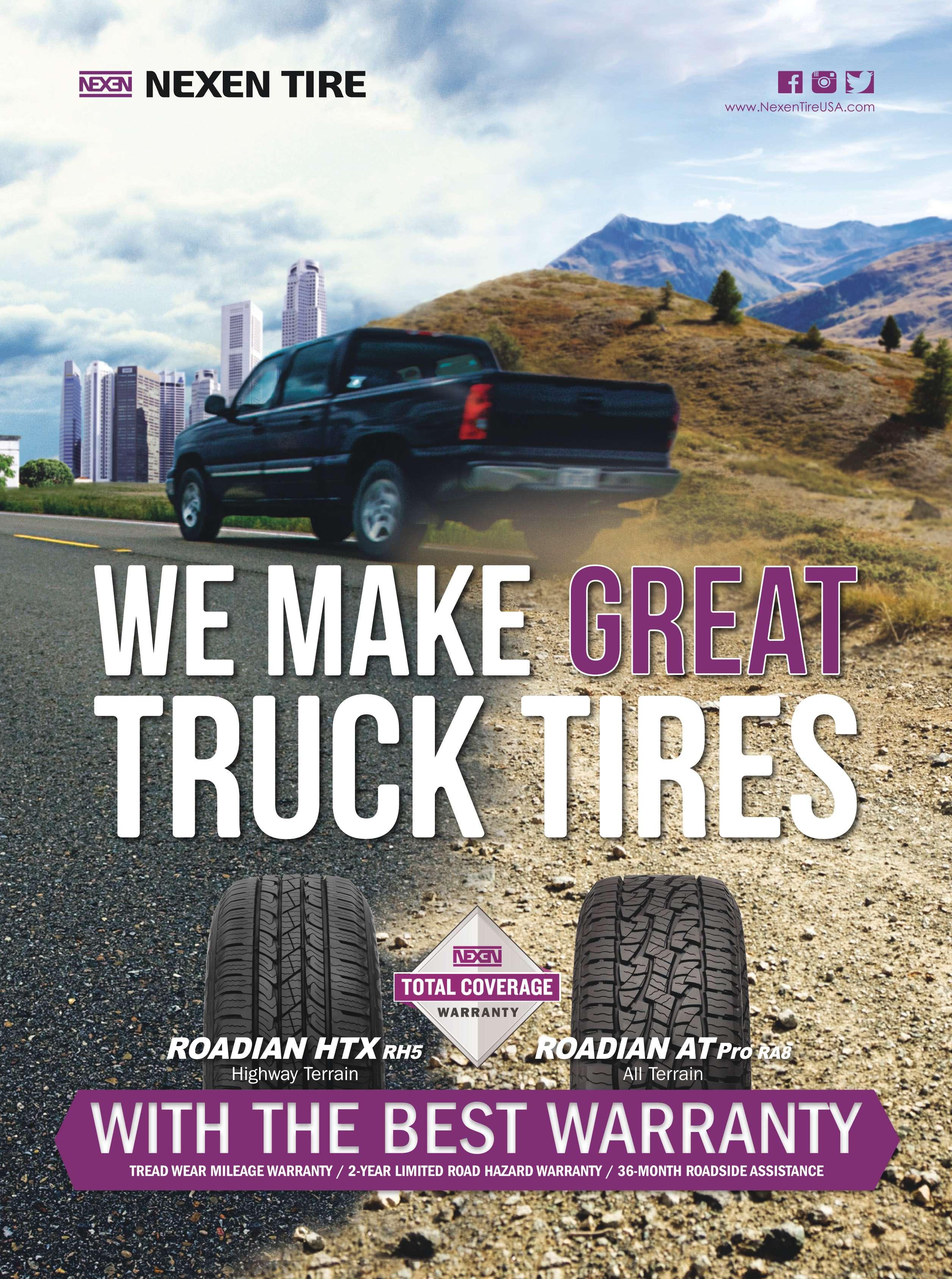feature
A fat performance for run-fat tires Tire manufacturers say they hear ride and wear complaints loud and clear, and they’re making improvements By Joy Kopcha
T
he standard complaints about run-fat tires that wear too quickly and offer an uncomfortable ride aren’t going away. In the last fve years as the replacement rate of non-run-fat tires on two-year-old cars has improved by 4%, the run-fat replacement rate hasn’t budged an inch. Te annual survey by J.D. Power and Associates focuses on consumers who have replaced one or more tires during the frst two years of new-car ownership. Te replacement rate for run-fat tires is much higher than non-run-fats. In 2011, the replacement rate for non-runfat tires was 20%. It dropped to 16% in 2015. In that same timespan, the replacement rate for run-fat tires remained 27%. “We’ve seen the replacement rate for non-run-fat tires improve over the last fve years, but the replacement rate for run-fat tires has remained fat,” says Brent Gruber, who conducts the tire study and serves as director of the global automotive division for J.D. Power. The faster-than-average replacement rates are problematic for tire manufacturers, A Bridgestone DriveGuard fact sheet shows the key components of run-fat tires. especially as car makers force run-fats to take hold of a larger piece of the overall tire market. Car makers BMW 550i, on a long road trip. Te car wasn’t equipped with see run-fats as one answer to their ongoing eforts to reduce a spare tire, and with damage to the sidewall, the owner was the weight of vehicles to meet new Corporate Average Fuel told not to drive on it. He waited on a fat-bed tow, spent a Economy (CAFE) standards by 2025. night in a hotel and was back on the road the next morning. In 2014, run-fats made up 1% of the replacement passenger Turns out this was the frst of eight times his run-fats would tire market, with close to 2 million tires sold. go fat in less than 30,000 miles. “It’s vital that auto and tire manufacturers address the Extraordinary experiences like that one aside, the future ride and wear issues, which are still not meeting customer of run-fat tires depends on improvements to ride and wear. expectations,” Gruber says. “Customers expect that run-fat So Modern Tire Dealer asked run-fat tire manufacturers tires won’t compromise tread life or the ability to provide a about consumer complaints and how they’re going to improve quiet and comfortable ride.” their tires to satisfy both features. Te complaints about tire ride are especially strong among Here’s who responded to our questions: what J.D. Power calls the performance sport car category, whereas the dissatisfaction with tire wear is most prevalent Marco Verzino, director of quality, and Steve Carpino, with luxury car owners. vice president of research and development for Pirelli Tire Tere are other concerns, however. Consumer Reports North America Inc.; recently highlighted the pain and sufering of one run-fat tire Lee Willard, tire engineer and Corvete tire specialist, owner who got a fat tire while driving his dream car, a 2012 Michelin North America Inc.;
28
MTD August 2015






